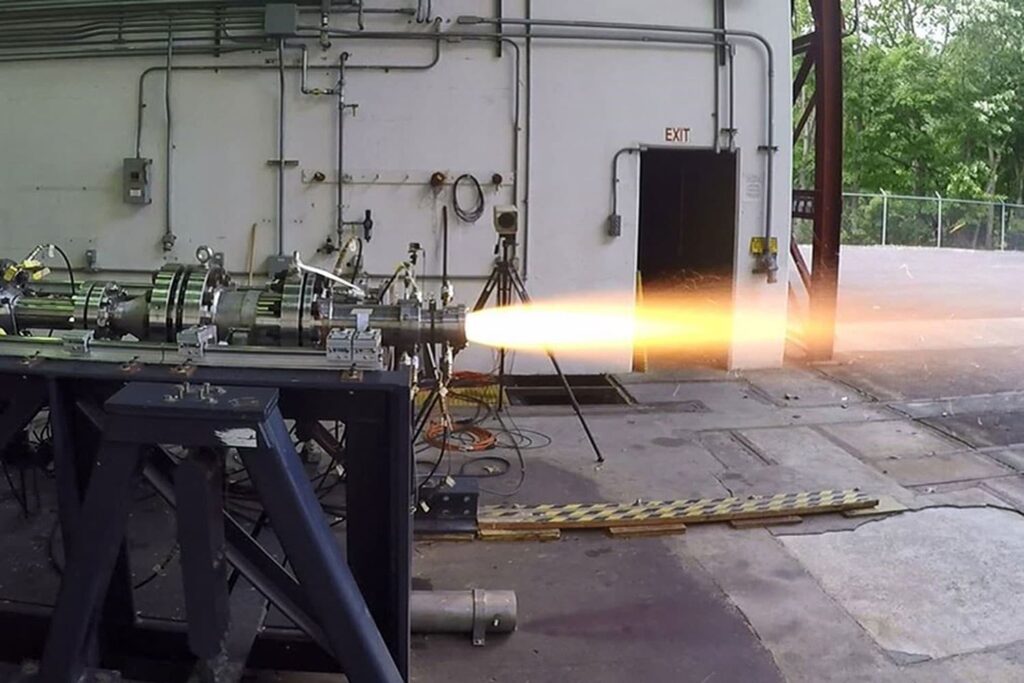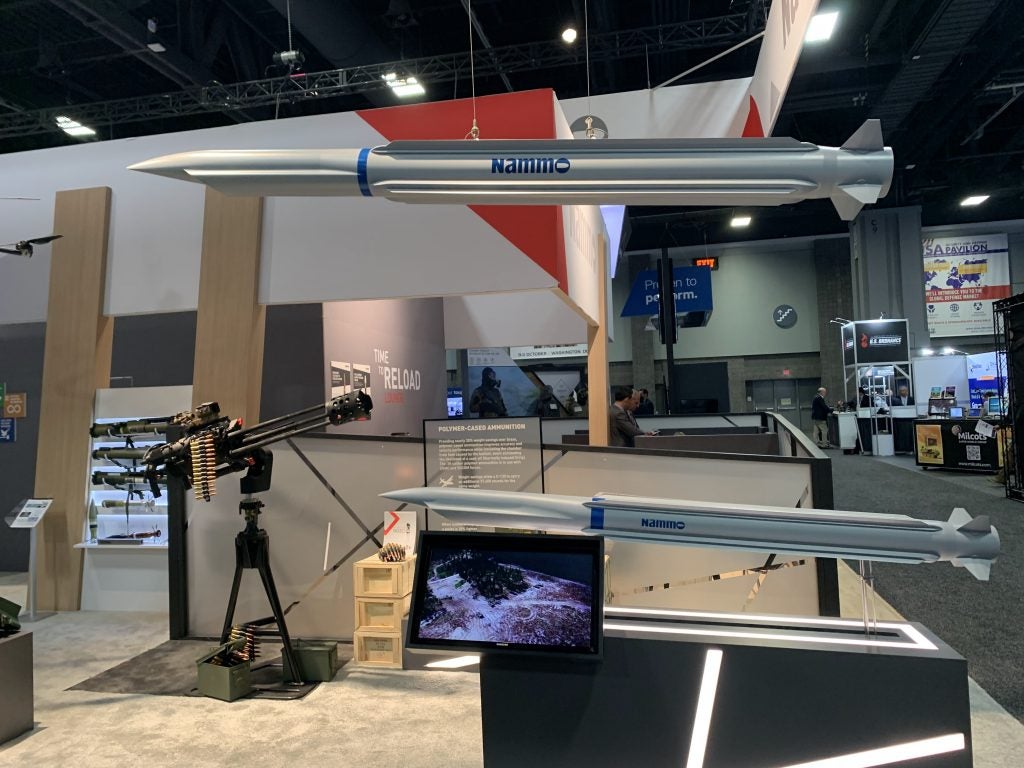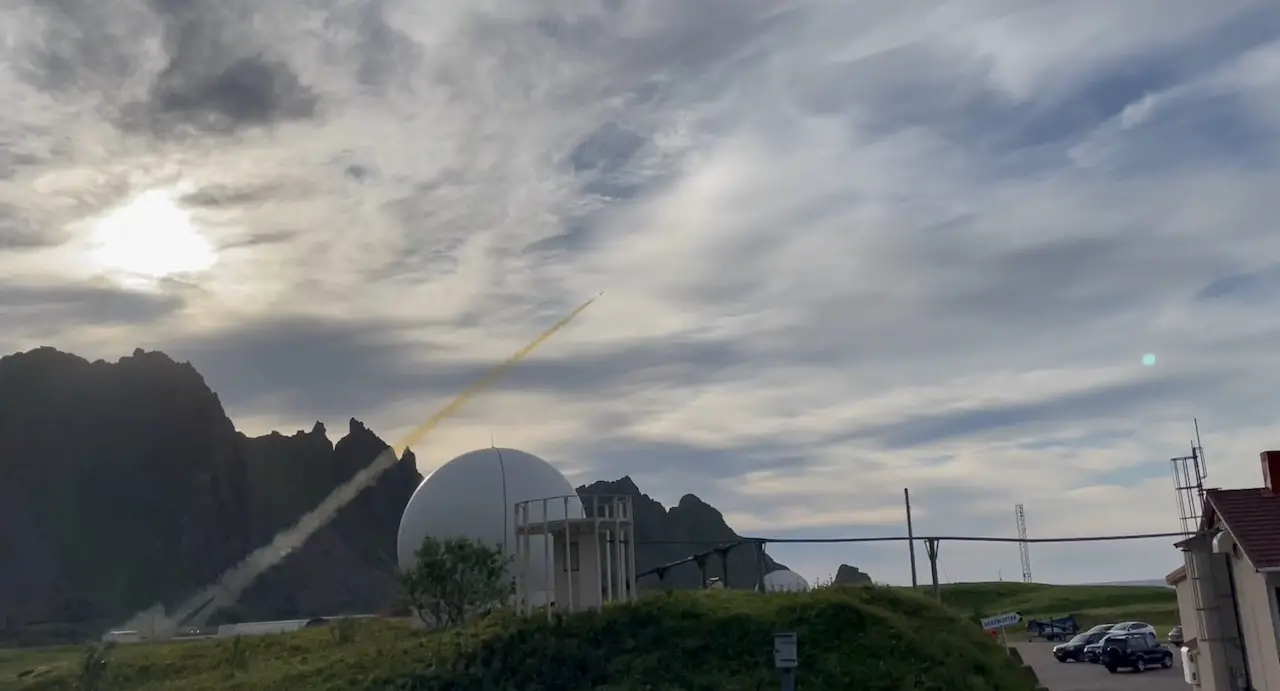Are you now going to specifically task one or more Batteries of guns for precision deep-strike missions or would you distribute these rounds across the Regiment for use as required?
That really is the million dollar question.
Much of it depends on what role you think your army will play. We have brigades but think primarily in battlegroups whereas the real issue one needs to address is how do you fight within a divisional framework. Typically a brigade has a certain frontage and depth it is responsible for covering with flanking units and something else from division and above covering the further out deep areas.
The current 155 guns and ammunition adequately cover the depth that a brigade is responsible for. Adding longer range capabilities would either expand the depth the brigade is to cover or alternately allow the brigade's guns to participate further into the div's depth battle.
My personal opinion is to not use a brigade's close support artillery in the divisional depth battle because every time you use it you expose it to destruction and will not have it available anymore when the brigade's close battle takes place. My preference is to husband brigade artillery resources for that close battle.
That, of course means, that if the div is to fight a deep battle it needs its own artillery. That in the US and Brit organization is the artillery brigade which is usually made up of a mix of both guns and rockets. In the US M109s, HIMARS and/or MLRS and in the UK AS90 and MLRS. I think that in the future we will see loitering munitions added to those organizations as well.
Do the 155mm guns need more range? Tactically, no. There are sufficient artillery manoeuvre areas available for both the close support folks in their role and the deep battle folks in theirs. However, as you develop longer range than the enemy then you can position your artillery further back out of the enemies reach and still strike the targets you need to. Remember artillery primarily does area neutralization while missions to destroy single targets is more an anti-armour role.
The real issue here, IMHO, is cost and its resultant ability to sustain the fight. Dumb rounds are cheap and easy to produce in bulk. Complex rounds are pricey with much lower production rates. Rather than some pricey cannon launched projectile, I would prefer to see the technology move towards cheap, guided soft launch munitions fired by units specifically organized and equipped to do the non-line of sight battle against point targets. Leave the guns for the area neutralization issues when they appear.
Whether these are fired by a 120mm mortar group with the divisional covering force or a tailor made artillery battery matters not so long as there is a relatively decentralized target acquisition and control cell far forward which can acquire and engage individual targets as they appear.
In my mind I see platoons and companies (whether regular line infantry or reconnaissance troops or specialized anti-armour elements doesn't matter that much) equipped with UAVs to look over the horizon and with links to individual loitering munitions that can be fired and guided onto the target. I see them also equipped with direct fire anti-armour systems in the event the enemy force penetrates the first layer. In addition I see a number of guns with dumb rounds held back quietly in reserve to take on the deploying dismounted infantry that the enemy will undoubtedly deploy once its vehicles start being hit.
To answer the question, I see this as a specialized task. I would see armoured cavalry units equipped for this role as well as battalion anti-armour platoons for when the fight becomes near enough for the close. I would generally equip line rifle units generously with direct fire anti-armour weapons but leave over-the-horizon work to specialized teams.










.jpg?rev=398a26fe468b4d7d9b53622ea2bb2618)


